A Corona Moment with Dean Snider
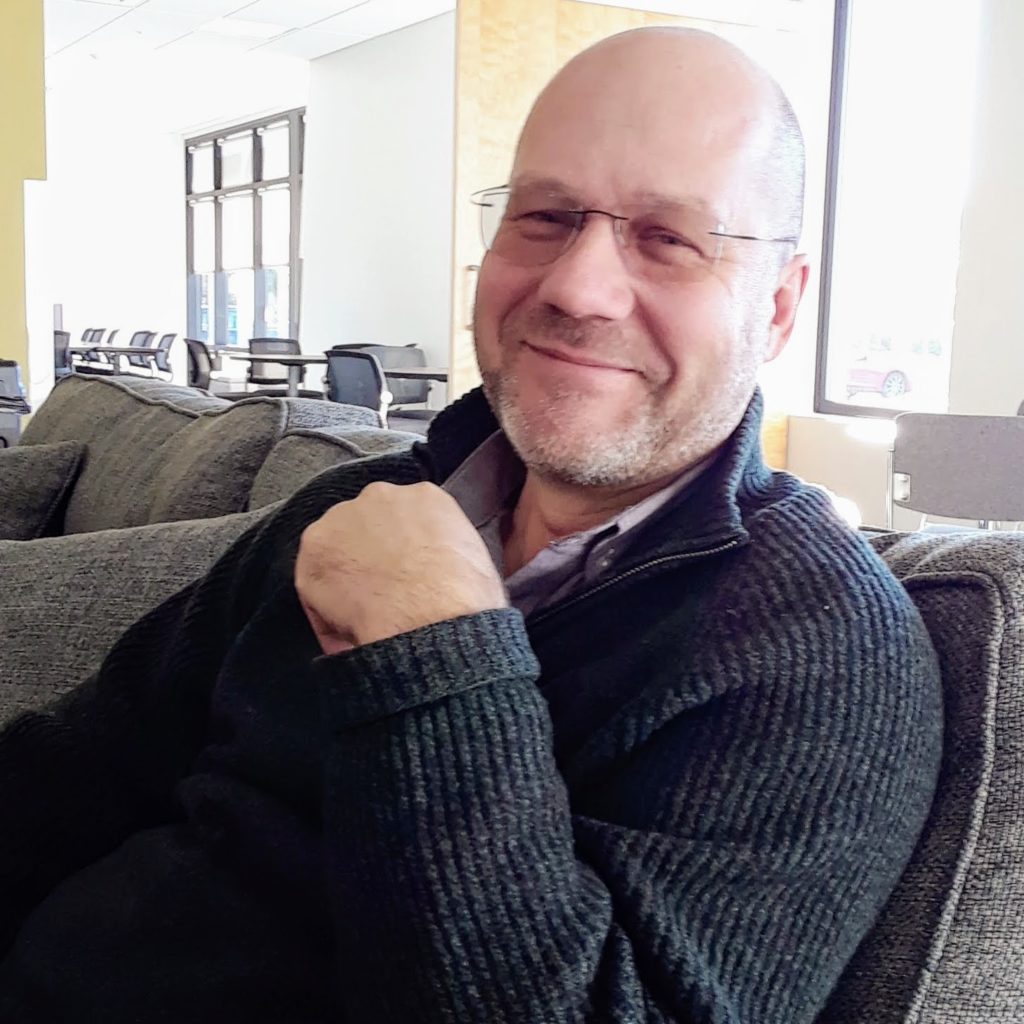
“I recently read an observation that we’re not all in the same boat. We’re all in different boats experiencing the same storm.”
– Dean Snider, Executive Director, Skagit Valley Family YMCA
I vividly remember the day it struck me that this pandemic thing was for real. It happened March 9, 2020, when I showed up at the Skagit Valley Family YMCA for a workout. I normally go three days a week with my wife (who visits daily), and we’re usually there around 10:30 in the morning for her classes. On this particular day, however, my wife had elected to stay home, and I spent the morning hanging out with her — and so it was that I set off for the Y’s Hoag Road location in Mount Vernon at around 2pm. I knew something was amiss as soon as I made the left turn from La Venture: the parking lot was deserted.
The sign on the now locked entrance, which had been posted just a few hours earlier, gave notice that the Skagit Valley Family YMCA had closed its doors in accordance with the pandemic guidelines issued by the State of Washington earlier that day. Just the day before, my wife and I had taken our oldest grandson to the Y for a swim — an activity that he dearly loves.

My wife and I feel blessed to say that other than the loss of an uncle in Colorado to COVID-19 (RIP, Uncle Bud), the biggest impact the coronavirus has had on our lives so far has been not seeing the grandsons in person, attending church via Zoom, and coping with grocery shopping logistics that are now on par with Operation Overlord. The truth is that we are among the fortunate few — and we give thanks for that every day.
But even in the midst of our good fortune, I have to tell you that I miss the Y terribly. I can honestly say that it helped save my life back in 2018, and continues to keep me healthy to this day. But just as important, it has been a place to connect with some really inspiring people, including both staff and members. My wife has developed friendships that buoyed her spirits during a string of surgeries, and I have had some heart warming and humorous interactions with all sorts of folks who I’ve met in the gym and locker room — many of whom I’ve gotten to know on a first name basis. And then on top of all this, we’ve both benefited from brown bag lunch presentations, special events and get togethers, and field trips through the Active Older Adult (AOA) program (he said, proudly). And even with all this, we are barely scratching the surface of the benefits the Skagit Valley Family YMCA offers to our community.
I share this lengthy preamble with you all because you need to know that in writing this story, I’ve got a dog in this fight. To explain it in just four words, it’s this: I…love…the…Y(MCA). So as you can imagine, I’ve taken a very partisan interest in how the Y is faring through this time of pandemic — and I’m additionally concerned as part of the company that created the signage on the Y’s new Mount Vernon facility.
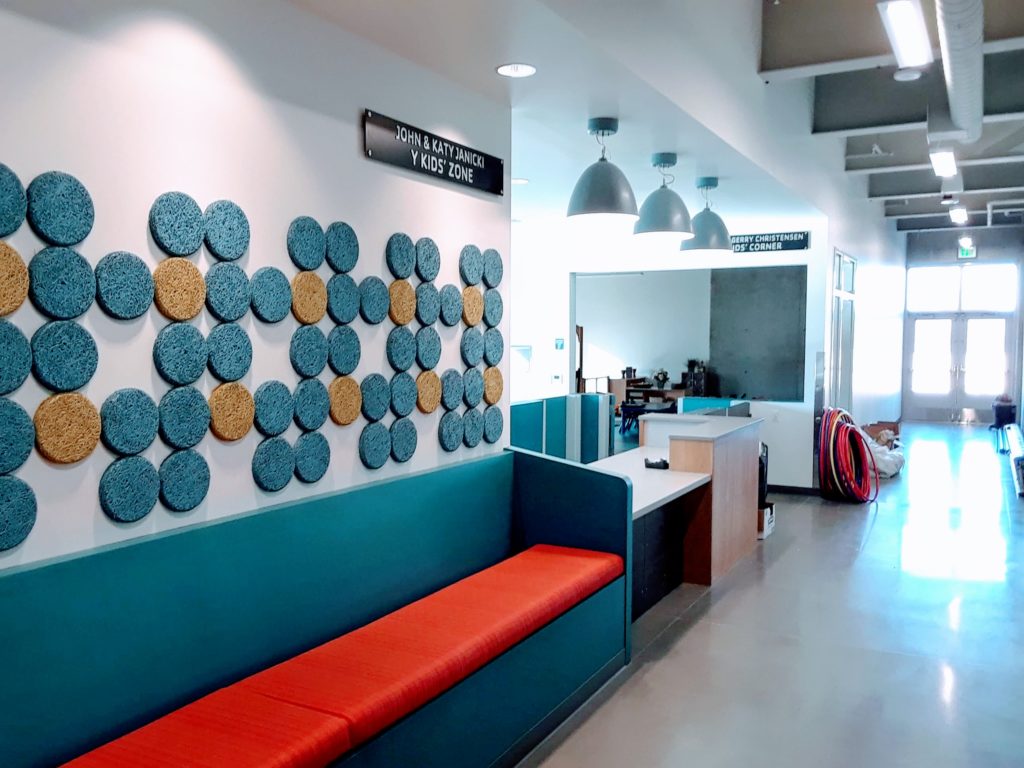
Which is why I recently called the Y’s executive director, Dean Snider (who I had interviewed a few months earlier for another Meyer Sign story), to get his read on the Y’s situation. Dean and his team had recently completed a three year strategic plan for their organization when I last spoke with him, so I was particularly interested in how the Y’s future currently looked to the man responsible for defining and guiding it.
Here are the topics we covered during the course of our phone discussion.
###
How is the Y coping?
“We are coping much like many others. We had to close and put many of our people on stand-by because there wasn’t work for them to do. Those are hard conversations to have, so we’re spending a lot of time talking to folks to let them know that we’re doing everything we can to make their Y sustainable through this crisis…and long after. We’ve been here since 1911, and we’ll be here long after COVID-19. Communicating with our staff and our members has been our primary focus.”
“People have had a lot of questions about their memberships. Will they be credited? Can they be put on hold? Others want to keep paying their memberships just to help keep the lights on and the few employees we have working.”
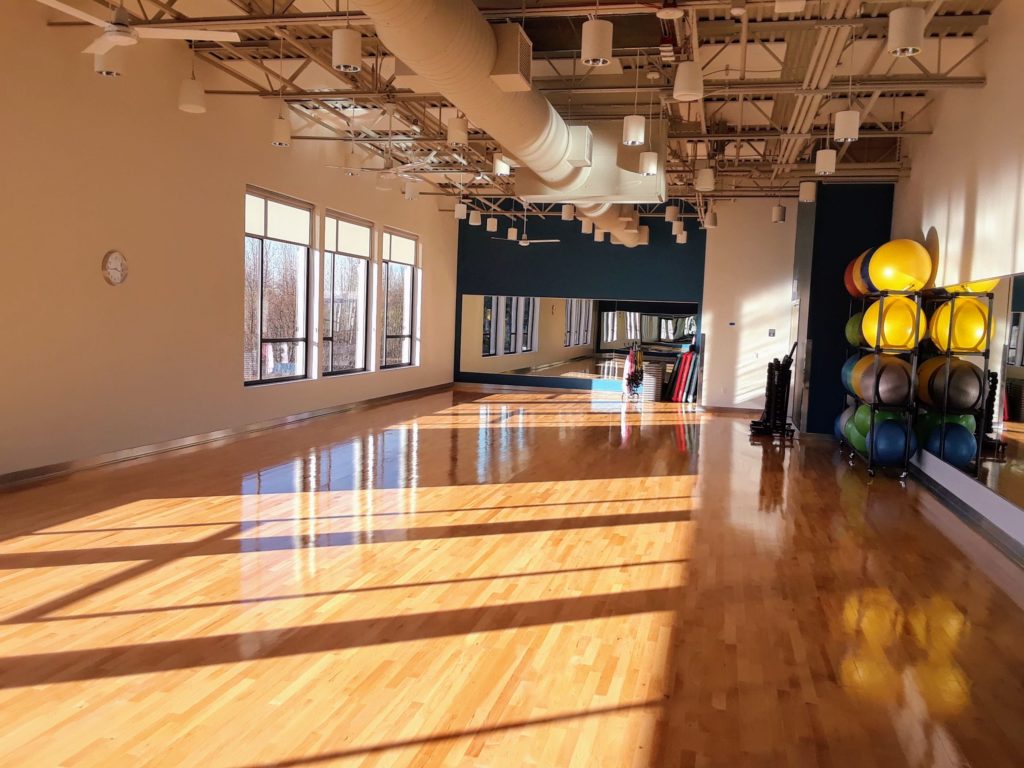
Skagit Valley footprint
“Our main building is just one aspect of what we do. There is our Oasis Teen Shelter and drop-in center which is still open and serving teens in that space. We did have a couple of staff there who got sick and had to be quarantined, but thankfully they tested negative for coronavirus and were able to come back when they were healthy, and without any breakage in service…yet. I’m knocking on wood as I say that.”
“The other side of our shop is childcare. We have five early learning centers throughout the county and six school age centers in different school district locations, and those are all licensed programs in addition to two unlicensed ones that we have in Sedro-Woolley and Anacortes, where we are partnering with school districts. As the schools closed we had to reduce our operations there, but we have kept as many of our centers open as possible and shifted our focus to essential workers.”
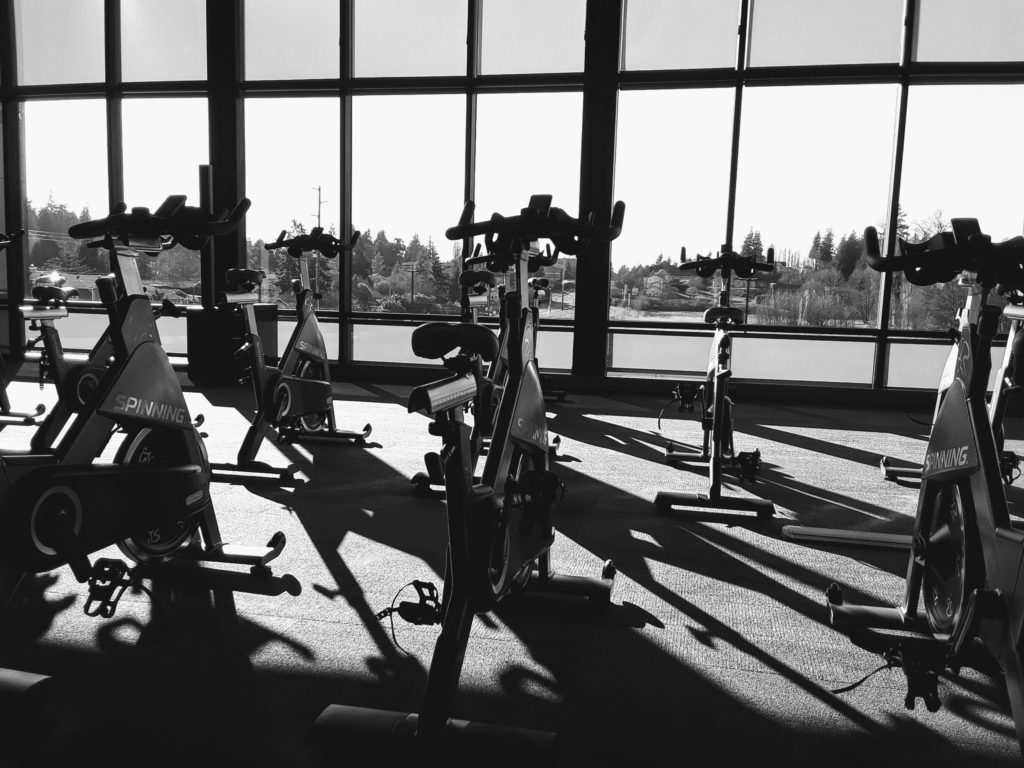
“If you do a head count of people who come through our building every day, many of those would be through family memberships that might include five people or more. In addition, there are those who come in at a daily drop-in rate, and those who are involved in various programs but are not members per se. Including all those groups and memberships through insurance providers, we have almost 15,000 people on a regular basis. That’s 12 percent of the population of the county, which is remarkable. When the Y was at Fulton Street we had about 900 member units. We had 6,000 when we closed that facility, so there has been massive growth of people who now participate in the Y.”
Impact on staff
“Our paid staff numbers 209. Of that number, 64 are full-time. Our goal has been to keep as many people working for as long as possible. We recognize that the pandemic is primarily a health crisis, but it is also an economic crisis. We’re trying to do our part to employ people as long as possible. As a non-profit we are self-insured, so we still cover the bulk of unemployment insurance claims. We’ve laid off close to 75 percent of our workers at this point.”

How is the Y responding?
“We are meeting daily as executive and leadership teams to make sure nothing is falling through the cracks. We’ve been trying to stay aggressive with the stimulus programs, and we’ve been applying for small business association loans and the disaster loan, and several grants that support aspects of what we do. We are trying to make sure we have the resources we need.”
“There are a lot of unknowns and uncertainty, so we try to surmise the likeliest of cases and do financial modeling around that for cash flow through the summer and into September so we can make some data and model-driven decisions moving forward; drawing up possible scenarios and being as realistic as we can, but nimble enough to change as the variables do.”
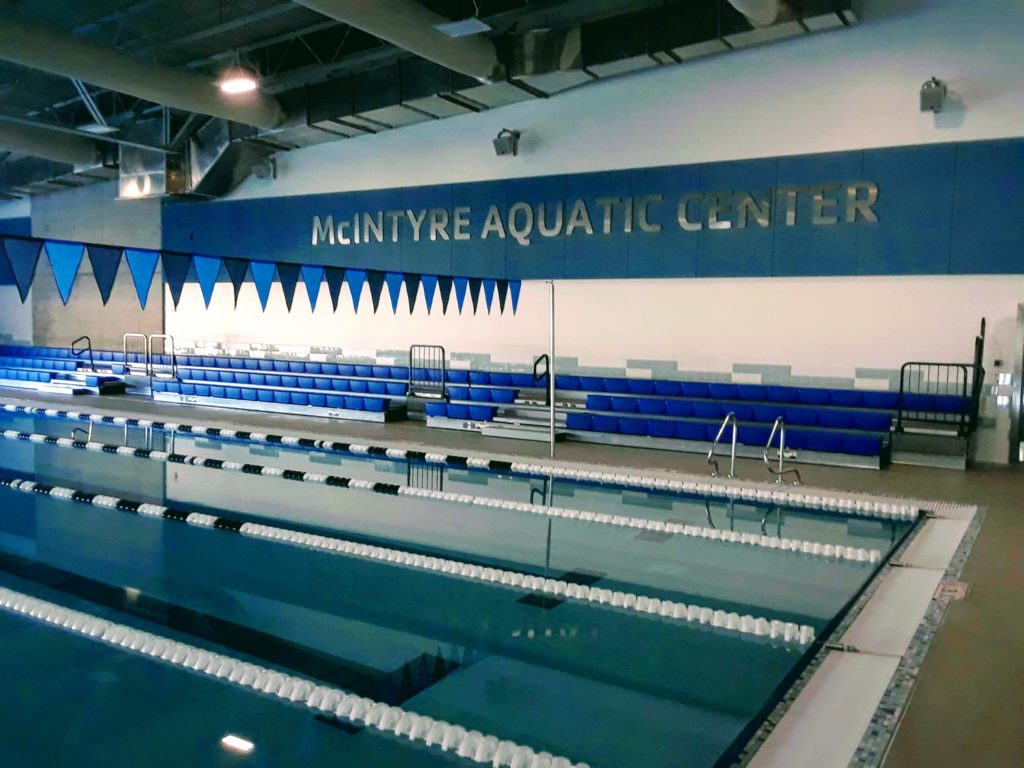
What’s your day like these days?
“I used to take a lot of time to hang around and visit with members, and now I can’t do that and I miss that relationship/connection part of what I’m privileged to do. So most of my day now is spent in ‘investigation mode,’ and in contemplating strategies we can pursue. We just got awarded the Paycheck Protection Plan loan through the CARES Act stimulus package. We had to figure out if it was the right thing to apply for, the implications of it, and how to apply for it. That was a lot of work as the information was changing daily for awhile.”
“We meet weekly with the Y Alliance across Washington State to talk about best practices and strategies to deal with all this. We have to spend a lot of time with information input and online applications for what’s next. Since we now have some government money, we’re in the process of pulling people back into the organization and finding meaningful things for them to do. That kind of work is not unique to what I do as executive director, but I’m just doing more of it and less of the relationship side. It’s exhausting, actually.”
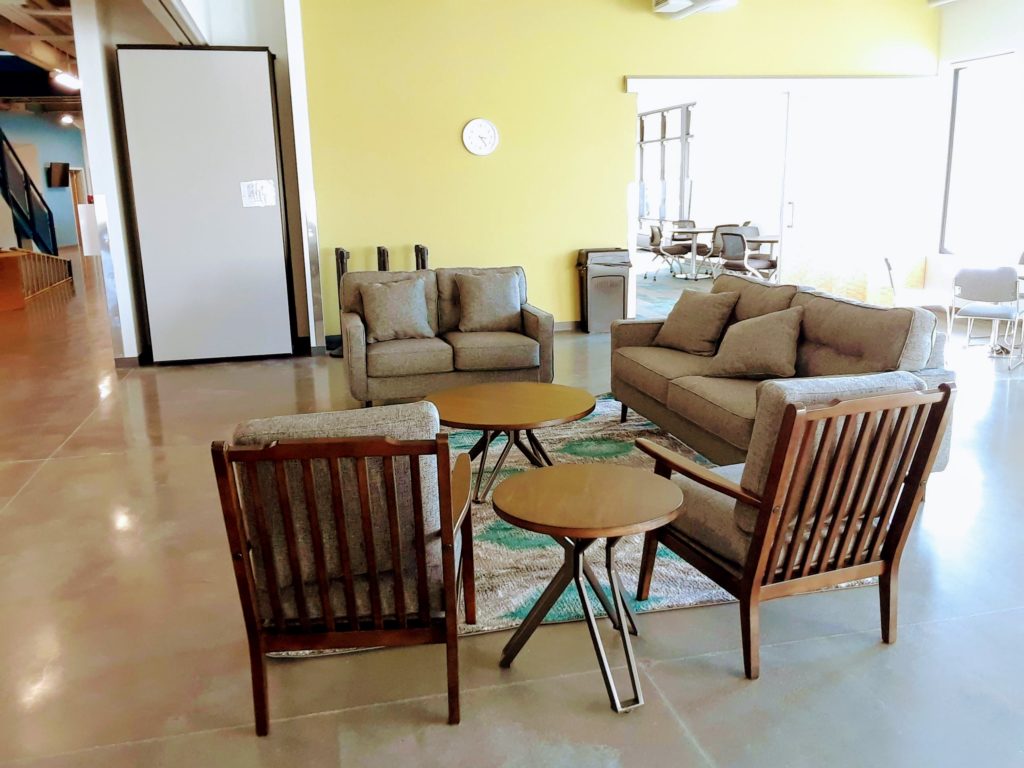
Is there a bright side to all this?
“As much as this is a difficult time, it’s also a time to re-evaluate what we do, how we do it, and how to best leverage our resources and mission to either grow or amend what we do to be more efficient and effective. Needless to say, the pandemic puts a wrinkle in our strategic plan, but there is a real opportunity as well. We built our Y and its staffing plan based on a pro forma that was a best guess at the time. In the course of being open over the past year one thing we’ve found is that reality has been significantly different from what we had originally planned for. We have a chance now to look back at a year’s different data and determine whether — if we can ultimately get back to some median point based on where we’ve been — we can design our Y with better knowledge than we had. The goal shouldn’t necessarily be getting back to normal, but creating a better environment than we had previously — a better “normal” — and look for ways that we can better serve our community. We can identify the gaps we’ve been missing and use this pause to consider how to fill them.”
What has most inspired you during the current pandemic?
“I love partnerships, so when I see people work together to do things, I just think that’s great. Like when Scott Holley of Eddyline Kayaks, who perceived a need and started re-tooling his company to create face shields. Then Steve Reed from Chinook Enterprises decided that they could do that as well, and they shared the manufacturing load, and the Skagit Rotary group that I’m a part of started funding the production and distribution of those shields to various hospitals, clinics, and the senior centers. I think we have distributed close to a thousand face shields at this point. When various groups work together to make things like that happen, to me that is what is inspiring — when people pull together to fill a need.”
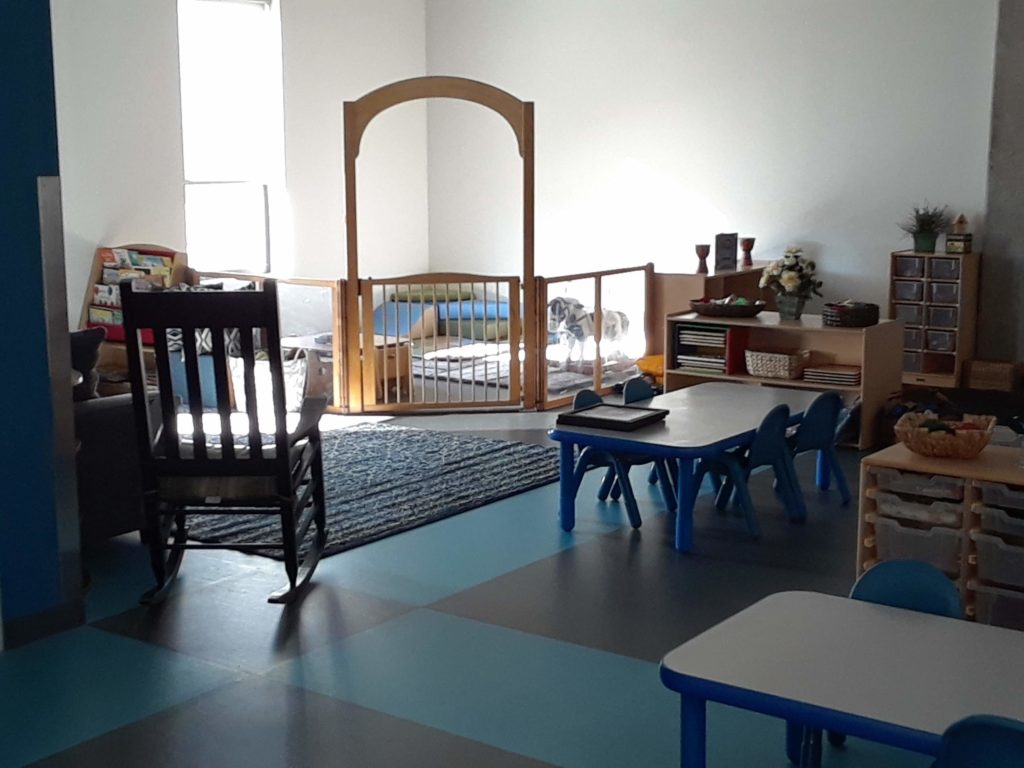
What would you like to say to the Skagit Valley?
“I’d like to share something I recently read, which is that we’re not all in the same boat, as you often hear. We’re just in the same storm, and each of us is in our own boats and experiencing the storm differently — so I encourage us all to be empathetic to the other boats around us. Some of us are feeling frightened and we want to be closed in and not see other people out doing anything. Other people are more extroverted, and most of us need to work. Some families have sufficient means to enjoy their time together, while others are wondering where their next meal is coming from. Some boats are being dashed around by the same storm we are in, and everyone of us feels this differently. I would ask people to think about how the boats around you are weathering the storm.”
“As for the Skagit Valley Family YMCA, my goal is to make sure we’re here long after this crisis — but I can’t do it alone. We need our community to stand with us to the extent that they are able so we can continue to serve it in the future.”
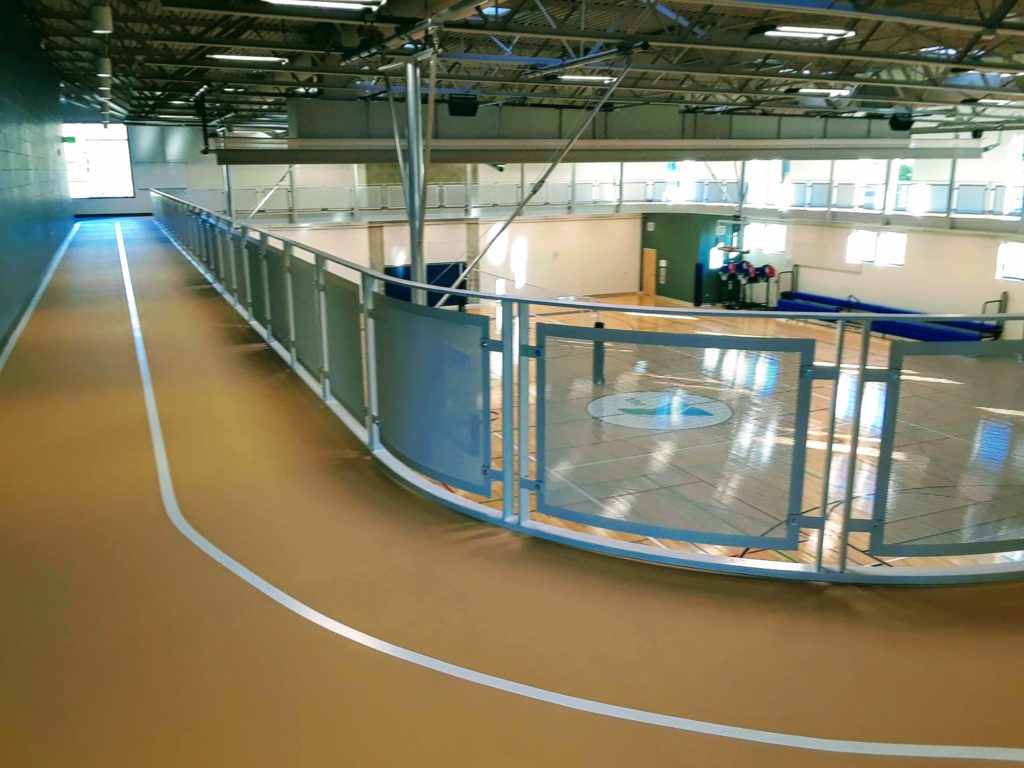
If you’d like to help Dean and the Skagit Valley Family YMCA build a bridge to a post-pandemic future, you are encouraged to make a contribution to the Y through the online donation page on its website (www.skagitymca.org/give). You can make a general donation or pick a particular aspect of the Y’s operations that you’d like to support.